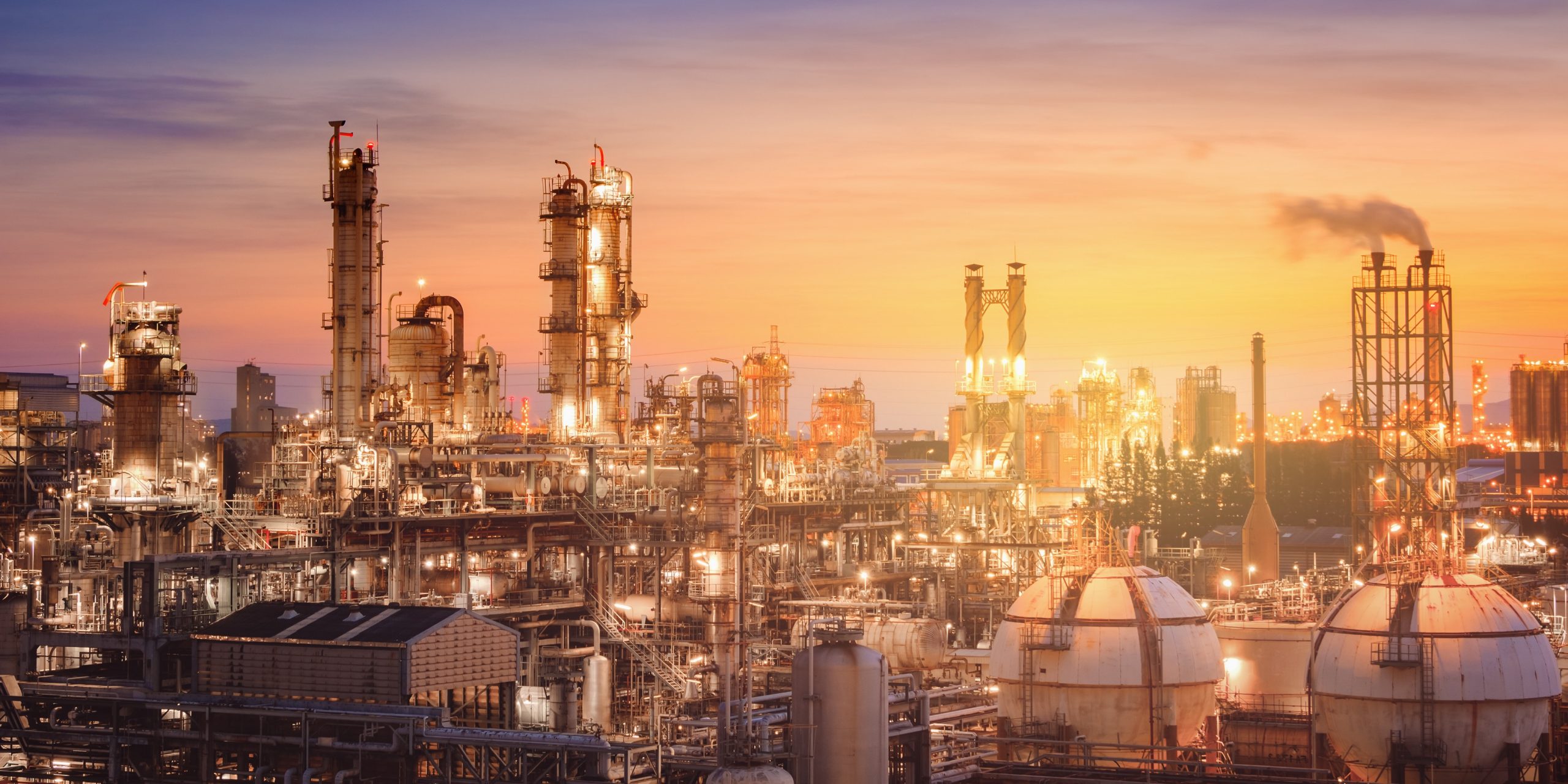Indian Oil Corporation will pursue the expansion of its refineries to meet the anticipated growth in oil demand, but many of those projects will have much lower carbon footprint because of the use of green power, the company’s chairman Shrikant Madhav Vaidya said.
“India needs to add at least 100 million mt/year refinery capacity to its current 250 million mt annual capacity by 2030, despite the global push towards cleaner fuels” Vaidya said.
State-run refiner IOC, which caters to more than 40 percent of the country’s fossil fuel demand, aims to increase its use of electricity generated by renewable energy sources, as it expands its core refining capacity.
“For all refinery expansions that we are planning, normally we would have captive power plants. But we are not putting any conventional power plants for the projects. That will be one big step towards energy transition,” said Vaidya.
India’s per-capita energy consumption is about one-third the global average, and the country’s fossil fuel demand is not expected to peak anytime soon, according to Vaidya. “Unlike the West or the European nations, we still have a very robust primary energy consumption growth ahead. So, we cannot be moving away from fossil fuels so early,” Vaidya added.
“India’s gasoline demand was 7-8 percent above the pre-pandemic levels in September, with diesel demand recovery still catching up and lower by about 7-8 percent,” he said. “The recovery now is something like a V-shaped recovery.”
India’s oil demand is expected to increase by 170,000 bpd quarter-on-quarter in the third quarter, and as much as 575,000 bpd in the fourth quarter, driven by a broad-based pickup in economic activity and rising COVID-19 vaccinations, according to S&P Global Platts Analytics.
IOC also plans to raise its petrochemicals production through 2030, while making inroads into the production of hydrogen, compressed natural gas, LNG, biodiesel and ethanol, as the demand for gasoline and diesel plateaus in India over the long term.
The company aims to enhance its petrochemical integration to 15 percent of petrochemicals intensity index, or PII, by 2030.
Higher petrochemical production would help IOC as gasoline and diesel crack spreads narrow.
Raising the share of natural gas in the country’s consumption mix from a meagre 6 percent currently was integral to IOC’s decarbonisation strategy, according to the company. Coal contributes about 55 percent of India’s energy mix, while oil about 30 percent. The country has been investing heavily in gas infrastructure, including pipelines and LNG import terminal, to reduce dependence on other fuels.
IOC has commissioned a plant that will produce hydrogen-spiked compressed natural gas, or H-CNG, to increase the country’s reliance on clean energy alternatives.
CNG is passed through a reforming unit that converts part of the methane into hydrogen, with the by-product resulting in a hydrogen content of 17-18 percent. H-CNG blends can be produced directly from CNG, bypassing the energy-intensive electrolysis process and high-pressure blending costs.
IOC also entered into a partnership with Israel’s Phinergy to produce aluminium-air batteries in India, as well as fuel cells and indigenous hydrogen storage solutions.
For more information visit www.iocl.com
















